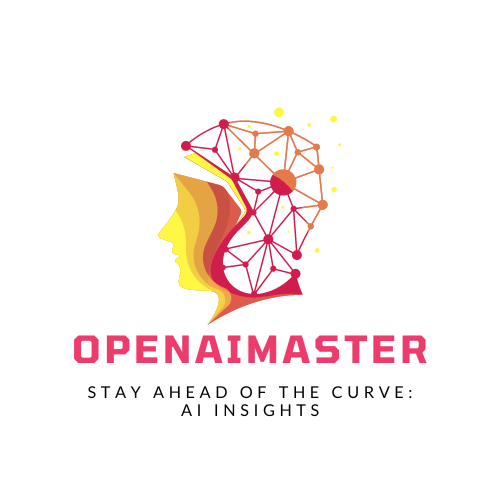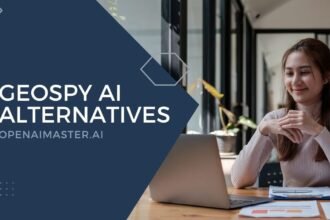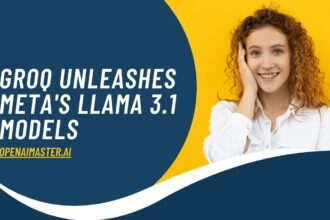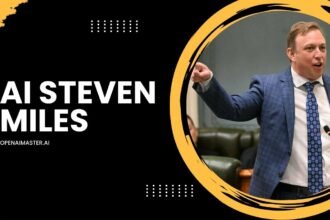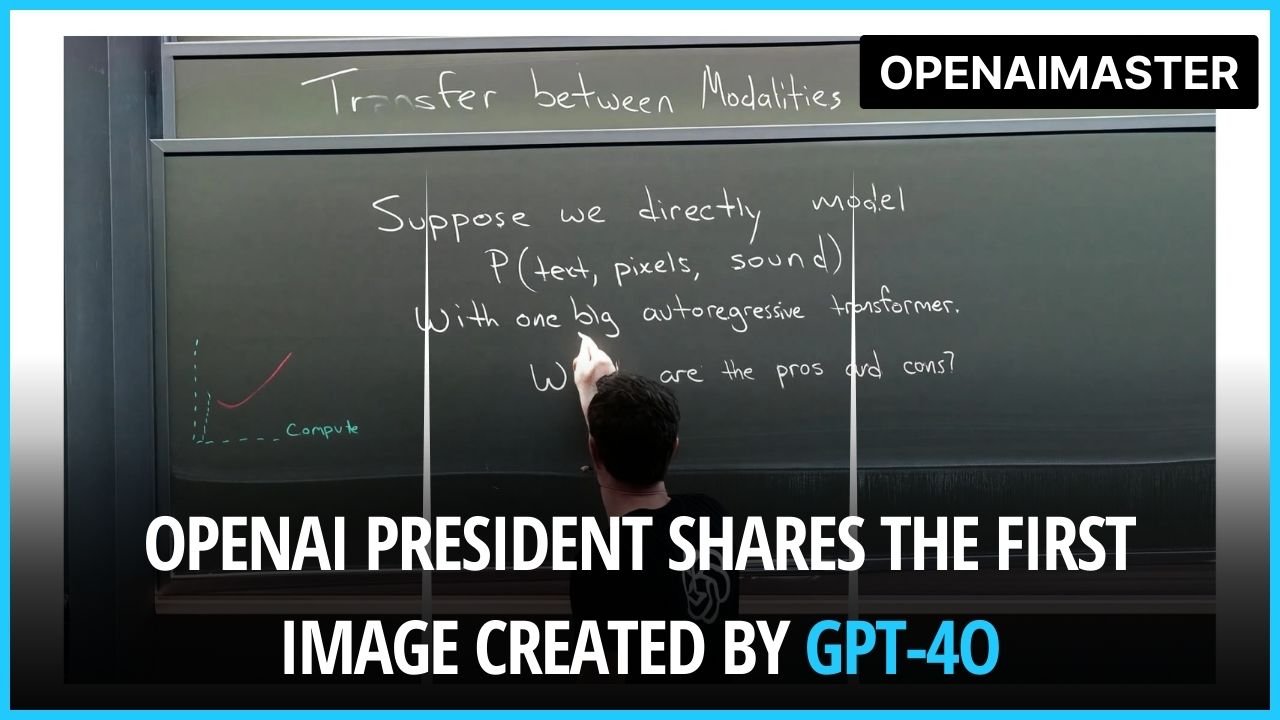OpenAI President Shares The First Image Created By GPT-4o : OpenAI has once again pushed the boundaries with its latest creation, GPT-4o. This groundbreaking model, an extension of the highly capable GPT-4 family, promises to revolutionize how we interact with and leverage AI technology.
What Sets GPT-4o Apart?
Previous AI models, including OpenAI’s own GPT-4, relied on a process called “chaining,” where different models were combined, and multimedia inputs like images and audio were converted to text and back. However, GPT-4o takes a different approach, training on multimedia tokens from the outset, allowing it to directly analyze and interpret visuals and audio without the need for conversion.
This innovative approach has yielded remarkable results, as showcased by the first publicly shared image generated by GPT-4o.
The Groundbreaking Image

Greg Brockman, the president of OpenAI, recently shared on X (formerly Twitter) an image that has captured the attention of the tech world. The image, seemingly photorealistic, depicts a person wearing an OpenAI T-shirt and writing on a chalkboard with text that reads: “Transfer between Modalities. Suppose we directly model P (text, pixels, sound) with one big autoregressive transformer. What are the pros and cons?”
While the image may appear like an ordinary photograph at first glance, it is, in fact, the first publicly shared image generated by GPT-4o, showcasing the model’s remarkable capabilities.
Improved Image Generation
Compared to OpenAI’s previous image generation model, DALL-E 3, which debuted in September 2023, GPT-4o represents a significant leap forward in terms of quality, photorealism, and accuracy of text generation.
When a similar prompt was run through DALL-E 3 using ChatGPT, the resulting image was noticeably less realistic and struggled with accurately rendering the text on the chalkboard.
The Future of Multimodal AI
While GPT-4o’s native image and audio generation capabilities are not yet publicly available, Brockman’s post suggests that OpenAI is “working hard to bring those to the world.”
The “o” in GPT-4o stands for “Omni,” reflecting the model’s ability to natively support multiple types of input, including text, images, and audio. This multimodal approach represents a significant departure from traditional large language models, which have historically relied on converting all inputs to text.
Overcoming Limitations
Despite its impressive achievements, GPT-4o is not without its limitations. The image shared by Brockman still exhibits some telltale signs of being AI-generated, such as an uneven chalkboard, inconsistent lighting, and an oddly shaped hand.
However, the model’s ability to generate a long string of coherent text with minimal errors is truly remarkable, surpassing even the capabilities of DALL-E 3.
Ethical Considerations
As with any powerful AI technology, the introduction of GPT-4o raises ethical concerns and questions about responsible deployment. OpenAI and other AI companies must address issues such as potential misuse, bias, and the impact on various industries and jobs.
Transparent communication and collaboration with policymakers, experts, and the public will be crucial in ensuring that GPT-4o and similar AI models are developed and utilized in an ethical and responsible manner.
The Future of AI
The unveiling of GPT-4o is a significant milestone in the field of AI, showcasing the rapid progress being made in developing more capable and versatile models. As OpenAI and other companies continue to push the boundaries of what is possible with AI, we can expect to see even more groundbreaking advancements in the near future.
Whether it’s in image and audio generation, natural language processing, or other AI applications, the potential of these technologies is vast and exciting. However, it is crucial that their development and deployment are guided by ethical principles and a commitment to responsible innovation.
As we witness the rise of AI models like GPT-4o, we must embrace the opportunities they present while remaining vigilant and proactive in addressing the challenges and potential risks they pose.
